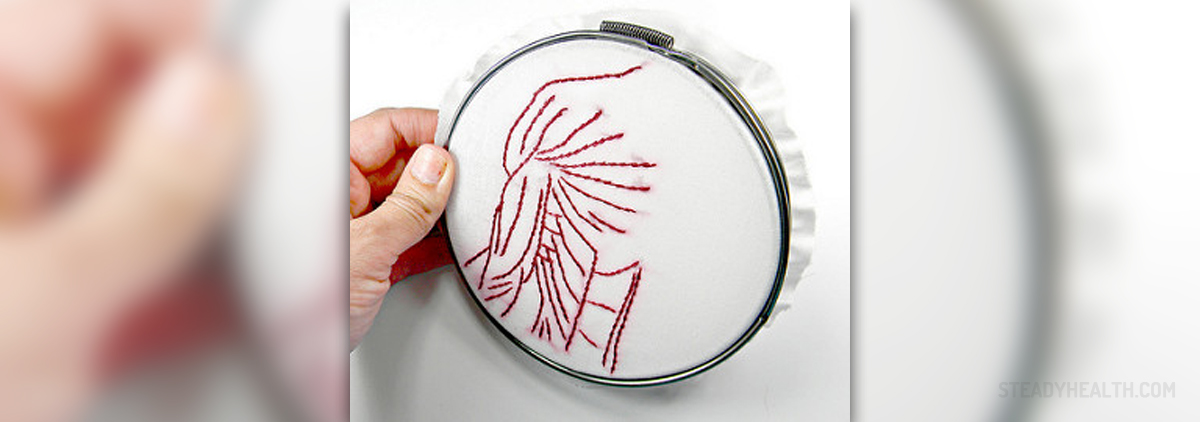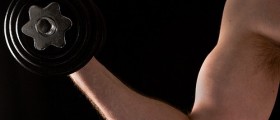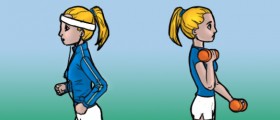
Muscles represent important contractile tissue in organism of every living creature on the planet. It enables functioning of organs and movement of the body extremities. There exist three types of muscles: Skeletal muscle, smooth muscle and cardiac muscle. The first type is responsible for movement of the skeleton such as locomotion, and for maintaining posture. This muscle represents the highest percentage of the body mass of a human organism. Smooth muscles is present within the walls of organs and unlike skeletal muscle isn’t under conscious control. Cardial muscle have very important part in maintaining the functioning of the heart. Further, skeletal muscle is divided into several subtypes depending on its structure. However, the structure of the muscles is very complexed. It is created of few different muscle fibers and every of them has different reaction on training.
Types of the muscle fibers
There exist three main types of muscle fibres: Type A (fast-twitch muscle fibres), Type B (fast-twitch muscle fibres) and slow-twitch muscle fibres. Type A has important function in maintaining the strength of the body for doing long lasting heavy exercises. This type have a characteristic of low oxygen usage, and therefore becomes exhausted very quickly. So it is our task to provide sufficient energy intake, which will prolong the durability of muscles functions. Main fuel for this type of fibres are creatine phosphate and glucose.
Second one, B type, is important for performing short term activities, for example sprinting. The characteristic of B type fibres is more efficient usage of oxygen which provides contraction of the muscles for longer period of time. These two types of fibres have same characteristic of motor neurons and both have a very high mitochondrial density. Duration of the exercises for B type fibres should be prolonged in relation to exercising of type A fibres. Also B type fibres need less heavy workout with repetition of exercises (10 times in a minute) in thirty to forty intervals during the training.
Slow-titch muscle fibres are responsible for performing long lasting and medium to low intensity exercises. The main characteristic of this type of febres is the most efficient usage of oxygen which helps in muscle’s contracting with the minimum usage of body energy and strength. Also this type of febres possess the large number of capillaries with high concentration of mitochondrial density.
One should have in mind, that exercising, also, improves motor skills, muscle and bone strength and joint function which will, lastly improve the health of the body.
- medlineplus.gov/ency/imagepages/19841.htm
- www.cdc.gov/nccdphp/sgr/pdf/chap3.pdf
- Photo courtesy of Hey Paul Studios by Flickr: www.flickr.com/photos/hey__paul/14698245671/














_f_280x120.jpg)


Your thoughts on this
Loading...